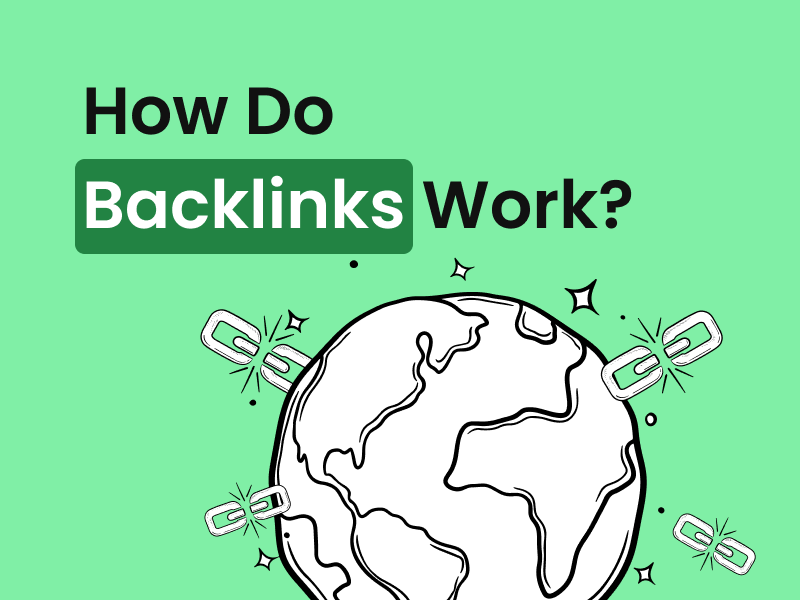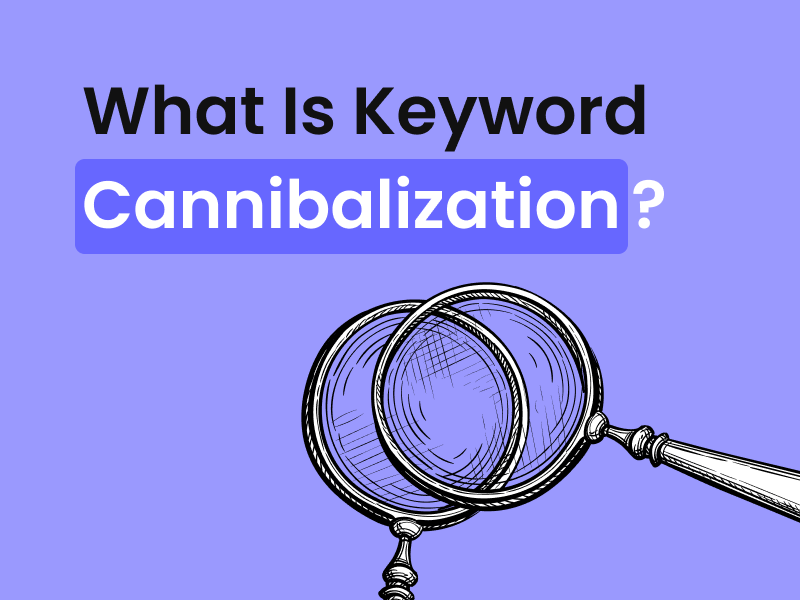The Ultimate Guide to Meta Description Examples for Search Engine Optimisation
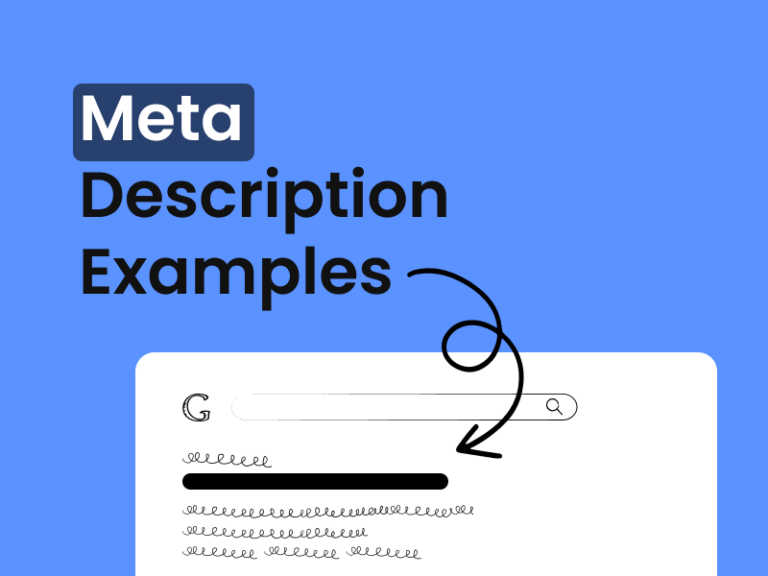
By Melissa Ng | Last Updated 1 January 2024
Introduction to Meta Descriptions
Importance of Meta Descriptions in SEO
Meta descriptions play a crucial role in search engine optimisation (SEO). They function as brief summaries of your website pages and symbolise the immediate benefit that can be reaped from your meticulous SEO efforts. These descriptions may be the deciding factor that compels a searcher to click on your link in the search engine results page (SERP). Significantly, unique and research-supported meta descriptions can influence your click-through rate (CTR) and overall brand awareness. Remember, it’s not just about upping the keyword count — it’s also about considering the customer’s mindset and making your content actionable.

Crafting the Perfect Meta Description
Creating the perfect meta description requires a combination of good copywriting skills, SEO knowledge and attention to detail. Take Lowe’s for instance, a leading home improvement retailer with the expertise to create compelling meta descriptions for their outdoor living spaces, gardens, renovations, and other projects. Similarly, seasoned SEO consultant Kim Herrington demonstrates her expertise through her SEO articles and comprehensive SEO analysis, particularly for ecommerce businesses. In essence, the key is to draft compelling and unique descriptions that successfully pique audiences’ interest, persuasively introduce them to your page’s content, and convince them of its value through content optimisation.
What is a Meta Description?
Core Elements of a Meta Description
A well-constructed meta description should have the following core elements:
- A clear and concise summary that gives an accurate description of the page content. For example, consider the mindset of your customer when writing a summary. It’s not enough to just focus on the keywords or the SEO title.
- Inclusion of the target keyword, which is crucial for the search engine to index and rank the page. This focus keyword needs to be seamlessly integrated, without appearing to be forced.
- A persuasive call to action (CTA) that encourages potential visitors to click on the link. The CTA should be actionable and compel a searcher to click on your title.
- A unique composition that doesn’t duplicate any other meta descriptions on your website. Unique meta descriptions reduce the risk of search engine penalties and increase the probability of a high click-through rate. Try to avoid using meta description generators and instead focus on crafting unique content.
Remember that the goal of the meta description is to entice people to click through to your site, therefore, it should not just focus on the title but be informative, engaging, and relevant.

Purpose and Influence on Search Engine Rankings
A meta description serves two primary purposes. Firstly, it offers search engines, like Google, a preview of a web page’s content, aiding their comprehension of the context, relevance, and SEO benefit of your page. Secondly, it presents potential visitors a snapshot of what they can anticipate on that page, potentially impacting their verdict to visit your site, therefore increasing the chances of a searcher click.
While a meta description may not be a direct contributor to search ranking, it considerably manipulates a collection of indirect ranking factors. It also informs Google about the response of the content to search queries. One such factor it leverages is click-through rate (CTR), a chief performance metric that records the ratio of people who click a link to the total number of people who view that link. Search engines interpret a high CTR as a hint of a page being relevant and engaging – a perception that augments your page’s visibility on SERPs (Search Engine Result Pages). Another crucial factor indirectly propelled by meta descriptions is dwell time – the length of time a visitor spends on your site before returning to the SERPs. An enticing meta description will attract a larger crowd and potentially extend the dwell time, indirectly improving the SERP ranking.
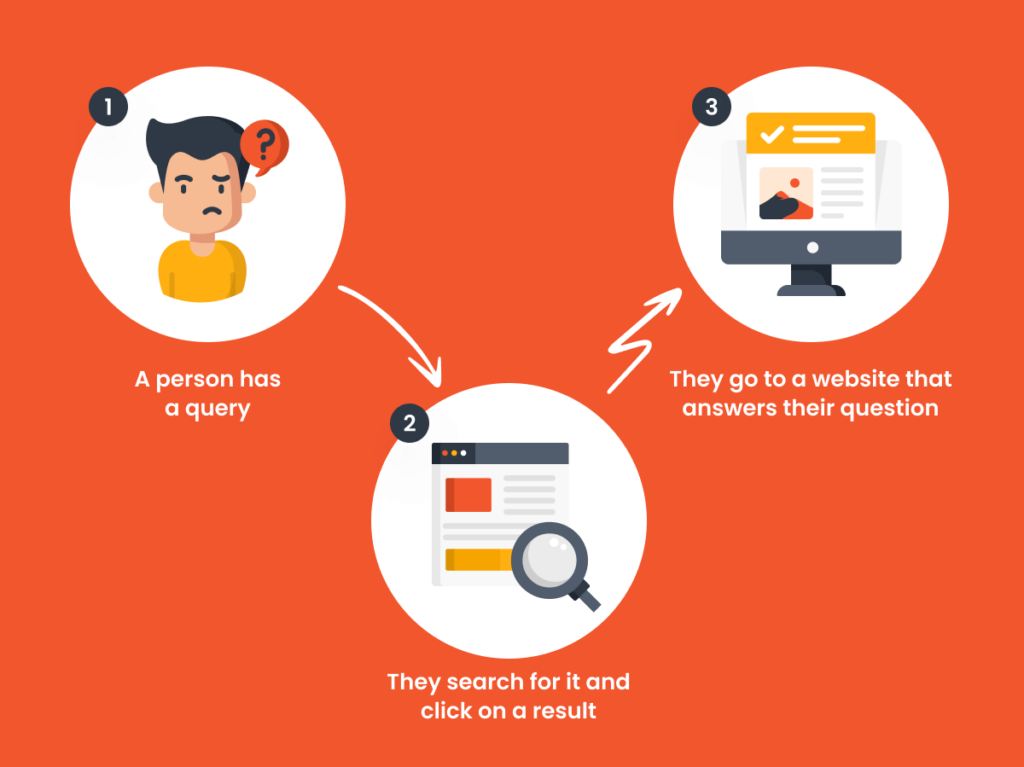
Meta Description Best Practices
Ideal Length for a Meta Description
While there is no perfect one-size-fits-all length for a meta description, it’s generally advised to keep your meta description within a 50 to 160 character range. Making good use of a meta box tool can assist you in crafting a perfect meta description. This restriction is in place because search engines often truncate meta descriptions after ~155-160 characters. Use a snippet preview to verify how your meta description appears. It’s essential to be aware that exceeding this limit might cause your message to be cut-off, making it appear incomplete on the SERP.
These character restrictions aren’t strictly enforced by Google. Since 2017, Google started displaying meta descriptions up to 275 characters on the SERP. So, even if your meta description slightly exceeds the conventional 160 character limit, there’s no immediate cause for concern.
That being said, the paramount element is to draft a concise, appealing, and pertinent meta description that delivers true value to potential readers and draws clicks. Remember, quality trumps quantity. Ensuring your meta description kept in a meta box is clear, engaging, and effective matters much more than simply meeting a specific character count when checked against a snippet preview.
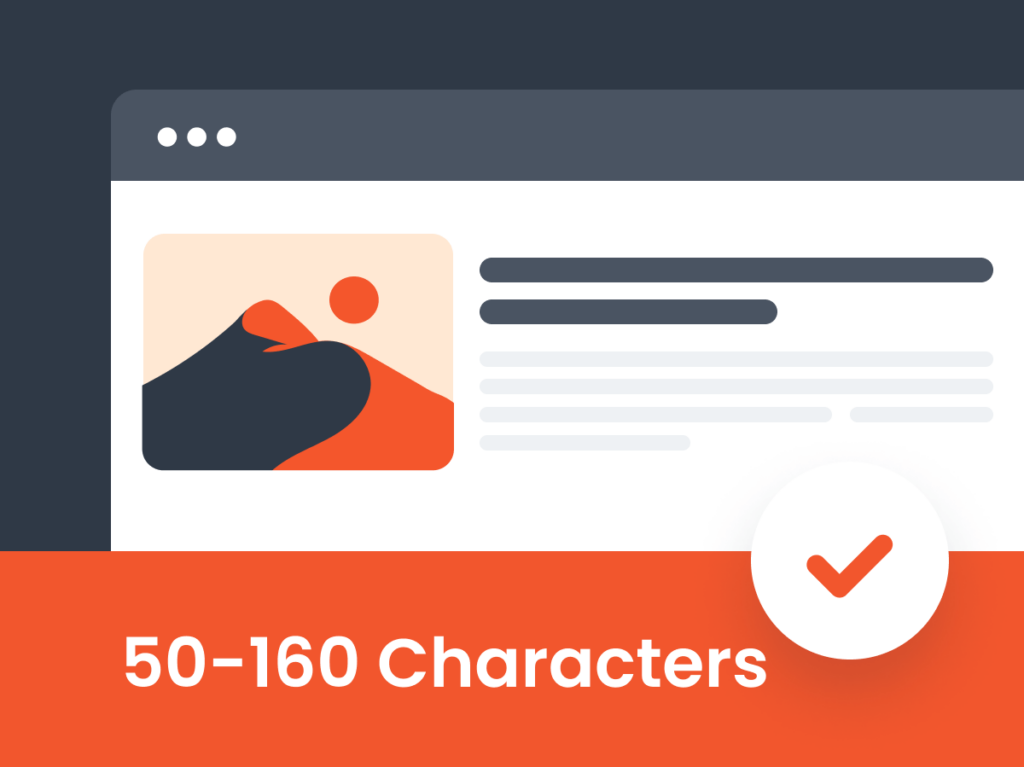
Including Relevant Keywords
Including relevant keywords in your meta description not only helps search engines understand your page’s content but also connects with users by clearly indicating the relevance of your page to their query. Core keyword research, focusing primarily on your highest selling items and main categories, can aid your strategy efficiently. Search queries or focus keywords that match the users’ query get highlighted (bolded) in the meta description, making your page visually potent on the SERP.
Though keywords don’t bring direct influence on Google’s ranking algorithm, they can sway the click-through rate significantly. Spotting a focus keyword from their search queries in your meta description sparks interest in users, enhancing their likelihood of clicking on your page.
However, strike a balance and dodge keyword stuffing. Efficient use of keywords and their synonyms gives more organic momentum and appeals hugely to users. For instance, steer clear from mechanical repetitions like “Buy women’s tennis shoes. We have the best women’s tennis shoes”, rather, fuse your focus keyword subtly, such as, “Discover our wide range of top-quality women’s tennis shoes.”
Remember, the meta description’s aim is not just to cover keyword research checkpoints but to convince users that your page comprises what they need, So, ensure your keywords, including their possible synonyms, bind perfectly with the remaining description to effectively engage potential visitors.
Call to Action – A Must
Employing a compelling call-to-action (CTA) in your meta description is critical for its effectiveness. A CTA that packs a punch, akin to a one-two combo in boxing, can spur any web user into action, providing them with clear instructions about what to do next. It can effectively persuade the user to click on your website link in the search engine results.
CTAs can take many forms such as “Learn More”, “Sign Up Today”, or “Start a Free Trial”. Remember, context matters. The type of CTA you choose should be on par with what you are offering on the page, just as the name “Death Wish Coffee” aligns perfectly with the punch it delivers.
A good CTA appeals to emotions like desire and curiosity, includes commands like “sign up for a consultation”, provides motivation like “this will change your life”, and uses numbers like “only $200, a steal!”. They can land like a solid punch, assuring the visitors about the value they’ll receive.
Let’s look at an example of an effective, punchy CTA: “Discover the secrets of successful online marketing. Learn more here!” In this case, the CTA – “Learn more here” – provides an actionable task and instils an element of intrigue, capturing like a hook punch, the visitor’s attention and urging them to click the link.
Overall, crafting a call-to-action is about finding what drives the users’ desire from their search query and using that to land a punch, convincing them to engage with your webpage.

Creating Compelling Meta Descriptions
Using Active Voice and an Engaging Tone
Meta descriptions should always be written using an active voice. This style is not only more direct and engaging but also serves as an inspiration to get creative juices flowing for a more effective copy. An active voice makes your copy conversational and to-the-point. It typically adheres to a clear “subject-verb-object” construct, which makes the statement easily digestible and impactfully resonates with the reader.
Rather than writing, “Our guide can be downloaded by marketers,” (passive voice), as an inspiration, you should write, “Marketers can download our guide” (active voice). Alongside an active voice, assuring an engaging and relatable tone is paramount. Engage your audience as though you’re having a one-on-one conversation with them. This tone should mirror your brand’s voice and strike a chord with your target audience.
A robust example of an active, engaging tone could be: “Struggling with your marketing strategy? Download our easy-to-follow guide now and steer your efforts in the right direction!” Reading and analysing such meta descriptions can serve as a great source of inspiration to craft your own. Remember, the aim is to communicate effectively, provoke action, and make your meta description more intriguing to the reader.
Being Unique and Concise
Creating unique and concise meta descriptions is not just a guideline – it’s an absolute must. Unique web page content helps your webpages stand out from millions of search results, while concise content delivers your message effectively. Being unique means that your meta descriptions should be specifically tailormade to summarise the web page content of their respective pages. Each one should be different from the rest, even if the pages touch on similar subjects. Crafting a unique meta description minimises the risk of search engines flagging your content as duplicate, which can negatively impact your SEO.
Being concise is about delivering your message in the most efficient way possible, and it’s essential when creating web page content. Keep your descriptions succinct and relevant to your content. Bear in mind, you have 160 characters to underline your message – choose your words with discretion.
A fitting illustration would be an e-commerce site selling vintage watches: “Discover our collection of high-quality vintage watches. Unique pieces at attractive prices. Shop now!” In this instance, the description is unequivocally unique and concise, articulates the primary selling points, and finishes off with a straightforward call-to-action.

Avoiding Duplication and Keyword Overuse
Avoiding duplication and overuse of keywords is a fundamental best practice while crafting meta descriptions. To avoid duplicate meta descriptions and overuse of keywords, make optimal use of meta tags in your page’s code. Duplicate meta descriptions confuse search engines and dilute the relevancy of each page, causing a likely drop in your website rankings. Your meta tags should therefore contain unique information that aids search engines and gives users a clear understanding of each page’s specific content.
More importantly, while it’s worthwhile to judiciously include your target keywords in your HTML tags, overuse of keywords, often referred to as ‘keyword stuffing’, could invite penalties from search engines. Be mindful that keyword stuffing can give your meta description a spammy feel and deter users from your site. Make an effort to use your keyword organically within your meta description, and resist the urge to overuse it with the intent of boosting your SEO.
Finally, usage of keywords in the meta description, although beneficial, needs to be logical and natural for the reader. For example, imagine a non-repetitive but natural usage of keyword in a meta description like this: “Discover easy, nutritious recipes in our beginner’s guide to vegan eating. Get on board with your vegan journey today!” Here, ‘vegan’ is the keyword and it’s used just twice, both times adding context and relevance to the webpage.
Meta Description Examples
Inspiring Meta Descriptions in Best Performing Websites
Many of the best-performing websites leverage creative, concise, and compelling meta descriptions to attract user clicks and drive traffic. Just like in the SEO meta description examples of leading brands such as Lonely Planet, Reddit, and X (formerly known as Twitter), the secret lies in crafting compelling narratives within the 160 character count. Here are a few examples:
- Airbnb: “Find the perfect place to stay at an amazing price in 191 countries. Belong anywhere with Airbnb”. This description, similar to Lonely Planet’s meta descriptions, aptly summarises Airbnb’s services, portrays a sense of adventure, and engages user curiosity about ‘191 countries’. Unlike limiting SEO techniques, it inspires users to ‘below anywhere’ with Airbnb, naturally drawing them in.
- Moz: “Backed by the largest community of SEOs on the planet, Moz builds tools that make SEO, inbound marketing, link building, and content marketing easy.” Much like Reddit’s company mantra, Moz’s meta description is an example of efficient keyword inclusion. Moz lays out precisely what services they provide (SEO, inbound marketing, link building), how they do it (with tools), and reassures the user of their reputation (backed by the largest community of SEOs).
- Slack: “Slack is a new way to communicate with your team. It’s faster, better organised and more secure than email.” Borrowing a page from LinkedIn’s standard paragraph, Slack’s meta description effectively communicates the platform’s purpose and the benefits users can expect. It establishes a clear understanding of why they should choose Slack for their work communications.
As cross-verified on platforms like LinkedIn, X, and others, the common thread across these SEO meta description examples is that each meta description is unique, genuinely representative of the webpage content, and crafted in a manner that inspires both curiosity and a call to action. Mimicking these successful traits, as seen on Reddit and LinkedIn, while maintaining your brand’s voice and appeal can result in equally effective meta descriptions. Just as we’ve learnt from these SEO meta description examples, ensuring authenticity and clear communication in your meta descriptions can greatly enhance the impact of your website on platforms like X, Reddit, LinkedIn, and search engines alike.
Analysing Meta Descriptions from E-commerce and Blogs
Crafting compelling meta descriptions is a delicate balance. Too many adjectives or unique words can deter readers, while dull, repetitive content might not satisfy search intent. Let’s take a peek at a few successful examples of meta descriptions from e-commerce websites and blog posts to better comprehend what strikes the right chord.
- Bonobos: This esteemed men’s clothing brand offers a top-notch meta description, acting as a testament to its line of quality products. The description is clear, engaging, lending an air of anticipation — “Shop men’s clothing with Bonobos. Find the latest in men’s fashion with casual and formal clothes options, including dress shirts, pants, and more.”. It speaks directly to the reader’s shopping needs and motivates them to click and explore further, akin to a little discount on their curiosity.
- Olipop: Olipop’s descriptions display high-quality personalised content mirroring something you’d find in a persuasive blog post, performing reliably well on Shopify and other SERPs. For instance, “2-5g sugar. 9g fiber. 16 delicious flavors. Discover a new kind of soda made with plant fiber and prebiotics for a happy, healthy you.”
- An E-commerce Store: This could be any Shopify-run e-commerce store that has utilised a generic meta description generator, often generating a dull and impersonal result like, “Find the perfect product at our E-commerce Store. Grab our speedy Shipping service today.” While this holds a functional appeal, it lacks the personalised flair offered by Bonobos or Olipop.
Comparing the descriptions above, shoppers are more likely to be intrigued by those that directly address them and extend a substantial, unique shopping experience — a discount of sorts on their time — like Bonobos and Olipop.
Common Mistakes While Writing Meta Descriptions
Oversights that Impact SEO Ranking
In the process of drafting meta descriptions, certain oversights may inadvertently impact your SEO ranking. These errors can often be pinpointed through a thorough SEO analysis. Here are some common mistakes and their potential consequences:
- Ignoring Meta Descriptions: Disregarding meta descriptions or leaving them blank is a missed opportunity to engage with your audience directly from the SERP-resulting in diminished title tag impact. While search engines may use a snippet from your content as a default, crafting unique, convincing meta descriptions is pivotal to maximise CTR.
- Duplicate Meta Descriptions: Employing duplicate content across multiple descriptions sends search engines a confusing signal about two or more different pages’ uniqueness. This confounding effect might dilute relevancy and harm your website’s SEO performance.
- Keyword Stuffing: While using your target keyword is advisable in moderation, overusing it in the description tag might trip spam filters on search engines, leading to penalties that will compromise your organic ranking.
- Exceeding Character Limit: Although not a strict SEO downside, exceeding the optimum length for meta descriptions (around 155-160 characters) may result in the description getting cut-off, which could undermine its effectiveness in resonating with potential visitors.
- Misleading Description: If your meta description doesn’t match the content of your page, it may lead to user dissatisfaction, high bounce rates, and ultimately harm your SEO ranking.
Cautiously sidestepping these common oversights can significantly enhance your meta descriptions’ efficiency and fortify your website’s SEO performance.
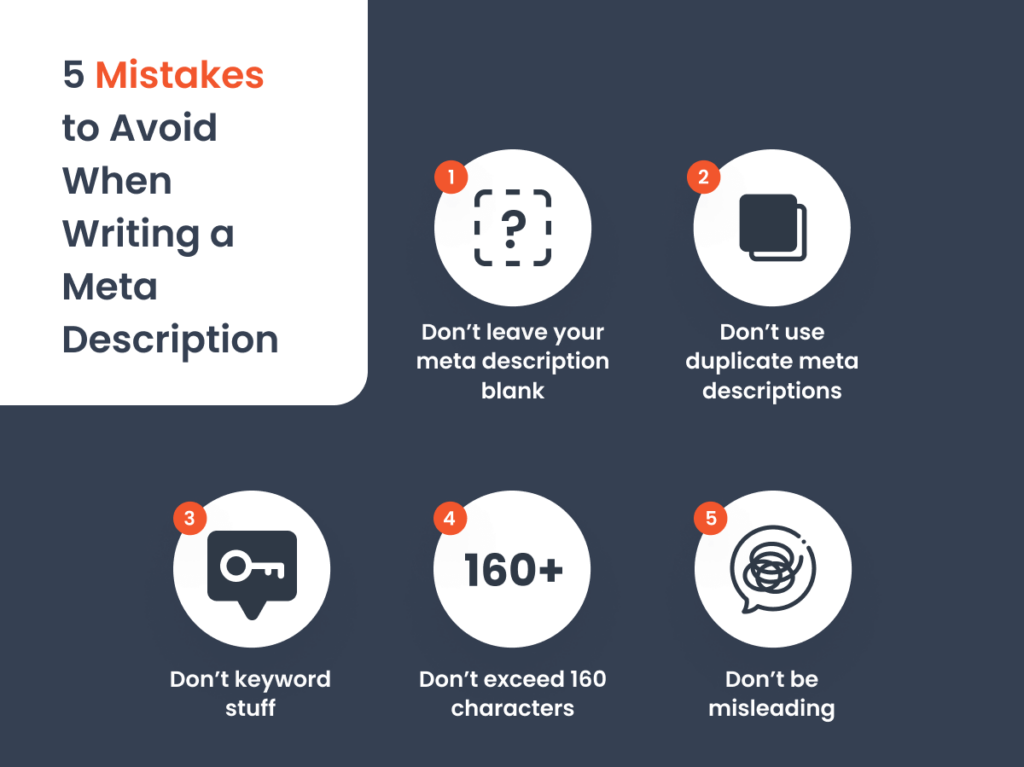
How to Avoid these Traps
Avoiding the common pitfalls in writing meta descriptions involves a combination of strategic thinking, adherence to SEO best practices, and understanding your audience. Inclusive in your strategy should be meticulous SEO analysis and consistent SEO efforts. Here are some insightful strategies to avoid falling into these traps:
- Prioritise Meta Descriptions: Make it a rule to write unique and relevant meta descriptions for all your webpages. Understand the influence this compact piece of text holds in convincing a user to engage with your page, making it a crucial part of your SEO efforts.
- Ensure Uniqueness: To prevent duplication, use a tool like Screaming Frog to pinpoint any pages with identical meta descriptions, then write unique ones for each page. Consistently updating these descriptions enhances your overall SEO analysis.
- Use Keywords Sparingly: It’s suggested to employ a keyword once or at the most twice in the meta description. Be confident of its placement – it should feel organic and augment the overall lucidity of the description.
- Adhere to Character Limits: Remain within the suggested character boundary of around 155-160 characters. By doing this, you guarantee that your entire message will be visible in the search results, contributing to an efficient SEO analysis.
- Match Description to Content: Ascertain that your meta description truthfully mirrors the content of your webpage. This coordinates user expectations and actual content, thereby decreasing bounce rates.
Remember, the essence of a high-quality meta description is rooted in honesty, relevance, and captivating enough to inspire users into a click-through action. Full commitment to these details will surely bolster your SEO efforts.
FAQs
Is Meta description always necessary?
While meta descriptions are not a mandatory requirement, they are highly recommended for effective SEO and better CTR. This plays right into the SEO benefit that meta descriptions provide, transmuting them from an optional feature to an invaluable asset. Consider it as a chance to convince users right in the SERP why they should click on your link over others.
By adopting meta tags in your page’s code, you effectively craft the meta description, providing more control and precision over what information is showcased. If a meta description is not provided, search engines may pull a relevant snippet from your page instead. Unfortunately, this auto-generated summary may not be as representative or as convincing as a well thought out, manually created description.
Therefore, to maximise your potential organic search click-throughs, creating an engaging, contextually accurate meta description should be regarded as essential.
Why does Google sometimes rewrite Meta descriptions?
Google may choose to rewrite meta descriptions for various reasons. Primarily, this happens when the algorithm discerns a more suitable response to the search queries made by the user.
John Mueller, a Senior Webmaster Trends Analyst at Google, illuminated two key reasons in 2020:
- Irrelevant or Uninformative Descriptions: If Google algorithms perceive that the existing meta description isn’t particularly relevant or informative to match search queries, they might rewrite the description. The ultimate aim is to cater the most accurate information to heighten user experience.
- Better Match the Search Query: Google might also reinterpret the meta description to align it more fittingly with the search queries, guaranteeing that the display snippet accurately reflects how the page content fulfills the user’s search intent.
A recent study by Ahrefs discovered that Google rewrites meta descriptions 62.78% of the time, with 2% of display snippets utilising truncated versions of the meta description, and an additional 3% perfectly matching or fully containing the same. The overall aim of Google is to maximise user experience by ensuring that the meta description accurately portrays the page content and is congruent with the user’s search queries.
What happens if my Meta description is duplicated?
If your meta descriptions are duplicated across multiple pages, it can lead to a few potential issues:
- Lowered Click-through Rates: Duplicate descriptions fail to accurately summarise the unique content of each page, making them less appealing to users and likely driving down your CTR.
- Confusion for Search Engines: If tags are identical, search engines may struggle to understand which page is most relevant to a given search query, potentially diluting the ranking of your individual pages.
- Possibility of Being Flagged as Low-Quality Content: Keep in mind that Google sometimes uses tag content to generate snippets. If too many of your meta descriptions are identical, Google might identify your site as having lower-quality content.
- Indirect Effect on SEO: Duplicate meta descriptions don’t directly influence your SEO ranking, but the change in user behaviour and confusion for search engines can lead to a drop in organic traffic, ultimately affecting your SEO analysis.
To boost your SEO performance, it’s critical to ensure each of your pages has a unique description tag that effectively communicates the value and content of that specific page. This approach enhances the user experience, improves your CTR, and presents a compelling reason for searchers to click.
Submit An App
Seen a cool app you think we should review? Submit your recommendation using our form.

